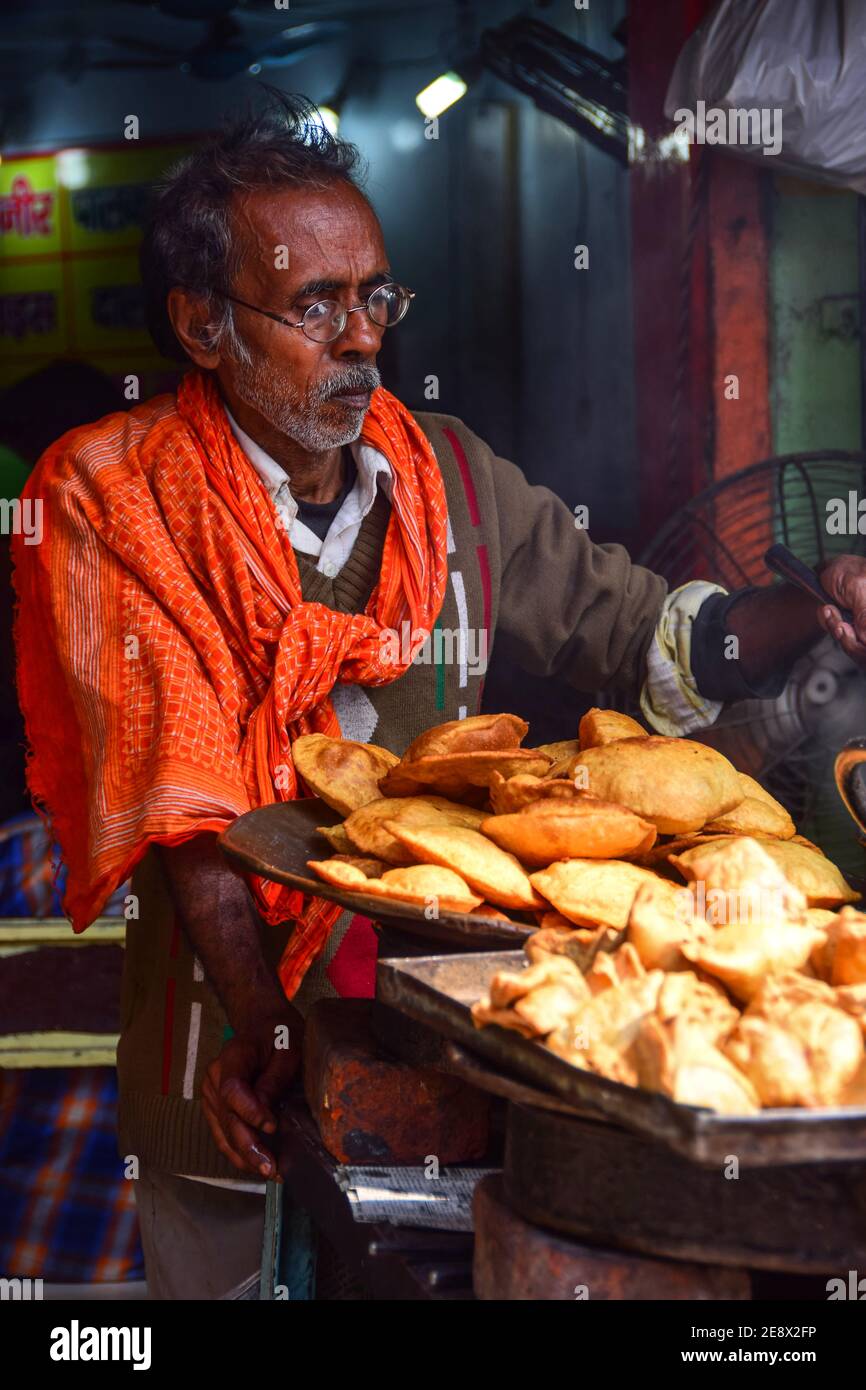India's street food culture is an integral, undisputable part of its food identity. From pungent pani puri to crispy vada pav, these street foods provide an explosion of flavors at a price that won't burn a hole in your pocket. Yet, under the alluring aromas and crowded stalls lies a brewing health issue—unsafe food habits that are quietly damaging millions.
The Hygiene Problem
One of the largest problems with street food in India is the absence of regulation. Most street vendors are unlike restaurants in that they work in informal conditions, and therefore, are not subject to rigorous health and safety procedures. This results in unhygienic preparation, improper storage, and susceptibility to environmental contaminants.
Some typical hygiene issues are:
- Contaminated Water: Unfiltered or polluted water is often used by vendors, which raises the risk of diseases such as cholera and typhoid.
- Poor Sanitation: There is poor waste disposal in makeshift kitchens, contaminating food.
- Exposure to Pollution: Street stalls are situated along busy streets, subjecting food to dust, smoke, and car emissions.
The Health Risks
Eating unclean street food may result in severe health complications, such as:
- Food Poisoning: Bacterial contamination due to spoiled ingredients may result in vomiting, diarrhea, and dehydration.
- Gastrointestinal Diseases: Poor cooking conditions lead to infections such as E. coli and Salmonella.
- Long-Term Effects on Health: Frequent intake of unhygienic food weakens the immune system and causes chronic gastrointestinal disorders.
Why Do People Continue to Consume Street Food?
Street food is still popular in spite of the hazards because it is affordable and easily accessible. Most Indians use it as a daily meal option without realizing the hazards involved. The absence of knowledge about food safety also translates into people ignoring hygiene aspects for the sake of taste and convenience.
Can Street Food Be Made Safer?
Although not all street food is harmful, stronger regulations and improved hygiene habits can go a long way to minimize health dangers. Solutions include:
- Government Intervention: Establishing food safety legislation for street vendors.
- Consumer Awareness: Informing people on how to recognize clean and safe food stalls.
- Vendor Training: Educating street food vendors in hygiene techniques.
Final Thoughts
Street food is as much a part of Indian tradition as anything else, but its unsuspected health risks cannot be overlooked. Consumers should exercise caution when indulging in these treats and take precautions regarding hygiene and select vendors who are clean. After all, one moment of pleasure cannot be at the expense of long-term medical danger.




Comments
Post a Comment